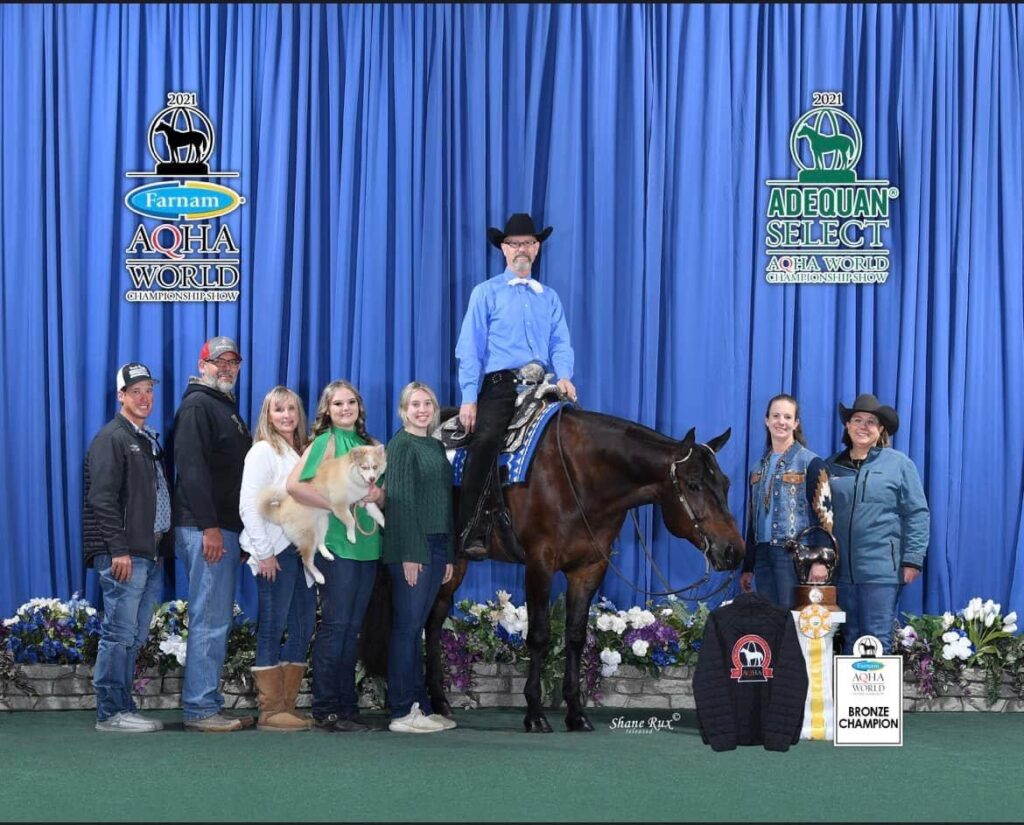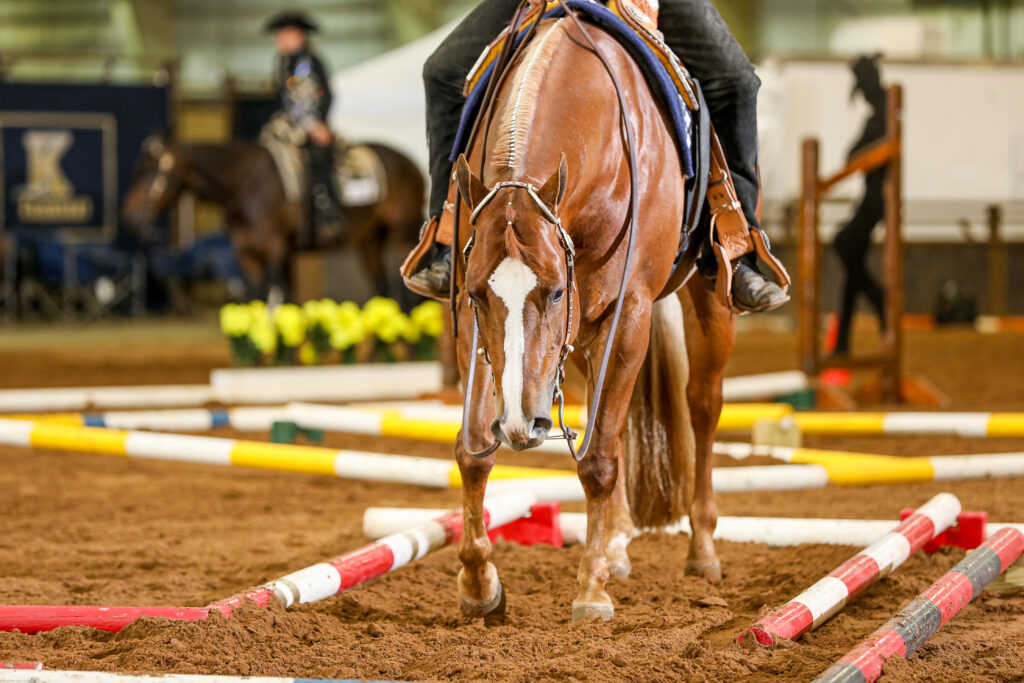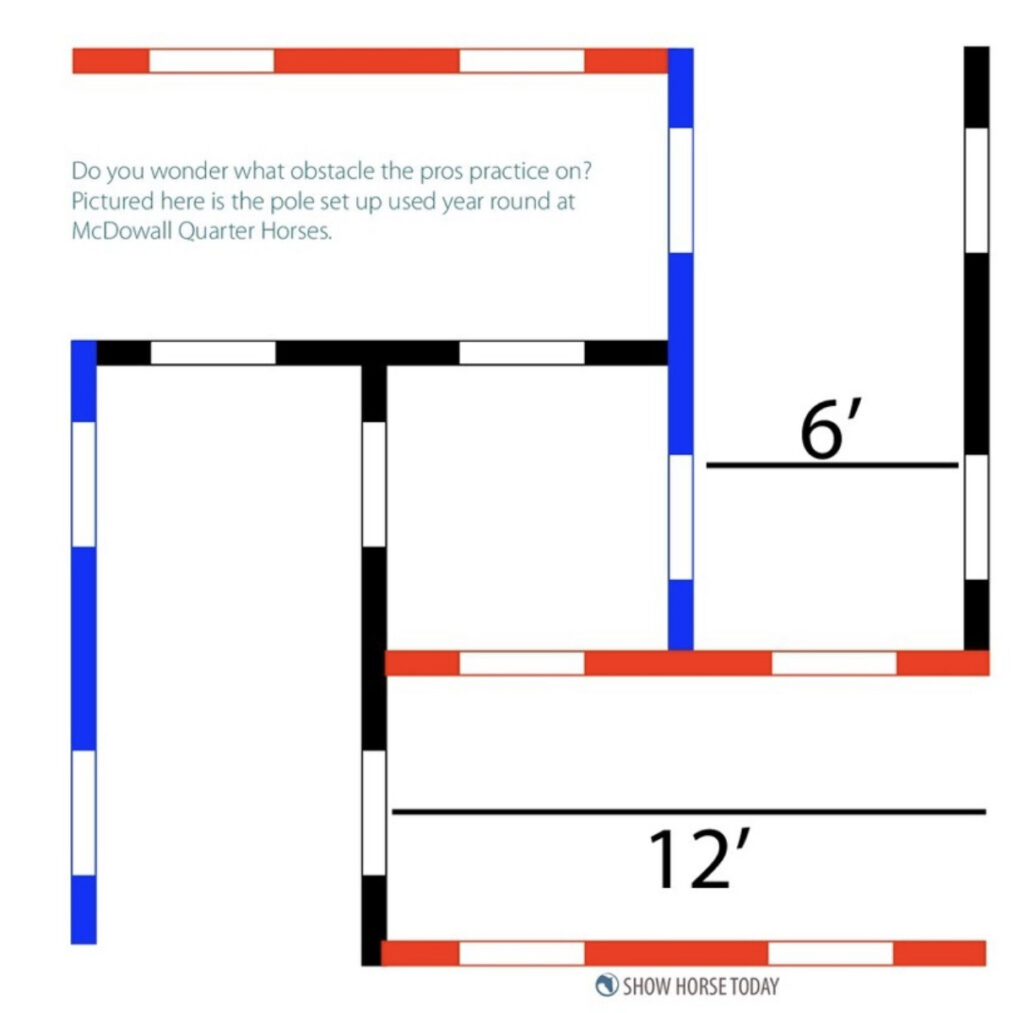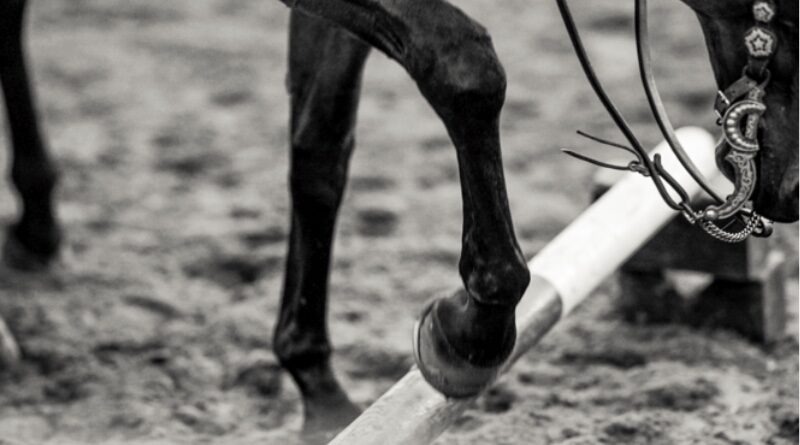Happy “Trail” to You – with Kelly McDowall
Unveiling your horse’s talents in the Trail class with World and Congress Champion trainer Kelly McDowall.
by Robyn Duplisea
Trail has quickly become one of the most popular events at any horse show. People of all ages and skill levels have fallen in love with the event, both as participants and spectators. In the 2016 PleasureHorse.com/Show Horse Today Reader’s Choice Awards, Trail nudged out Western Pleasure in the favorite event category.
The allure of a horse and rider perfectly in sync, as they navigate the twists and turns of the ever-popular Tim Kimura pattern, may have you looking to improve or add to your own horse’s skills. Lucky for you, we had the opportunity to catch up with AQHA Judge Kelly McDowall from Franktown, Colorado, one of the best Trail and All Around trainers in the industry.

If you are fortunate enough to have seen Kelly McDowall or one of his clients show, you will notice that they approach the Trail class with his characteristic laid back style, and his horses flow through the pattern with relaxed necks and cadenced movement. He makes it look easy, while the rest of us may struggle to make it around the pattern. McDowall has some exercises and homework for you to work on to improve your trail scores.
When evaluating a prospect for Trail, McDowall has a personal preference in the style of horse. He looks for a horse that has been trained for the pleasure and has the basics of good movement and a solid foundation. McDowall prefers a larger horse with a shorter stride. These horses suit his style and program though he is quick to point out that many great horses have been smaller horses as well. Whichever horse you ride, developing the ability to lengthen and shorten their stride will be paramount in creating a Trail and All Around horse. McDowall’s program is geared to the All Around horse so his horses work on the basics of body control, speed control and transitions on a daily basis. He wants his horses to work off his leg for the above movements so when they show, he is not forced to pick up his hand and impede their natural flow and talent.
One of the most important parts of McDowall’s training program is to never get after a young or experienced horse for ticking poles. “When I am starting out I never get upset with a horse for ticks. That will work itself out when the horse learns his job,” explains McDowall. “Horses don’t want to hit logs, it is uncomfortable for them. Once they know their job and are willing, I can do mine and show them where they need to be. If they know their job I can get them to that sweet spot about a foot from the pole and if I have done mine, they will want to be clean.”

One of the reasons McDowall likes to start with a horse with a solid pleasure foundation is that he finds them easier to teach the Trail. “I can get a new horse in and if it is good minded and with a solid foundation they pick up the Trail very quickly. Often in a few days they will be going around with cadence,” explains McDowall. “I prefer to push my horses over the logs than constantly have to worry about slowing them down.”
An exercise that is implemented in the very first few days is to jog or lope over just one or two logs. Once over the final log, McDowall asks the horse to halt. He continues this exercise until the horse is expecting to halt after the log. “I want my horses to be waiting on me. I can easily encourage them to keep going after an obstacle, but I don’t ever want them making that decision for us both.” This exercise can be elaborated on with your more finished trail horses. When there are multiple lopeovers set up, McDowall will ask the horse to lope one or two poles and then halt in the middle of the obstacle. This keeps his horses from rushing the poles and encourages the rocked back, push over the pole type of horse.
McDowall shared that as riders, we have the opportunity to diagnose what our horses are doing simply by listening carefully. If your horse is hitting a pole with his front hoof he is moving too quickly and rushing the pole. The best fix for that is the above exercise. If your horse is ticking the pole with a hind leg, he is moving too slow or short strided, and you need to work on lengthening that stride. “Every horse, whether he is big or small, needs to have a 6 foot lope stride for the trail,” explained McDowall. “I have a huge hunt seater that is doing the trail for fun these days and even he had to learn the 6 foot lope stride, they can’t make it through a pattern without it.”
Do you struggle with cadence at the jog and nice clean jog overs? McDowall was kind enough to share his “go to” exercise to get your horse jogging in the up and down stride needed for success. “Our modern horses have been bred to have that low strided movement that is desirable in the pleasure. But for them to jog cleanly over today’s tough raised poles they need to learn to pick up the shoulders and ribcages and lift their knees.”
The best exercise McDowall has found for this is to set up a single pole raised up on blocks. He will ask his horse to trot in a 10-15 foot circle over the pole. McDowall asks his horse for its face and will encourage the horse to bend their neck to the point that their chin is tucked towards their shoulder and chest. If you are jogging to the left you want your horse’s chin pointing towards his left shoulder in a slight arc. McDowall will then encourage the horse forward with his legs to get a lifted round back and shoulders. You are teaching your horse to lift and balance himself over the poles and to raise his knee rather than get long and low which will cause an unclean go.
McDowall explained the most difficult maneuver for many green horses, in his opinion, is the walkover. Yes, walking may seem easy enough, but to get your horse to quietly and cleanly navigate a walkover takes work. The key to developing your horse is patience. Trail horses need to learn to walk “up” to navigate this obstacle. McDowall begins by teaching his horses to walk over the logs one step at a time. “Step then whoa, step then whoa.” You want your horse to learn to balance with one or two hooves in the air which is much more difficult. “Imagine a balance beam,” explained McDowall. “It is easy to get across with forward motion, but to do so slowly, with hesitancy, requires much greater balance and strength. The same is true for a horse to cleanly clear a walkover.” In McDowall’s experience, walkovers are the hardest to teach and typically make the horse most nervous. The final goal is a horse that you can allow to quietly pick their way through without rider interference. Once they know how to lift and balance the best thing McDowall feels he can do is stay out of their way.
McDowall does not believe in drilling his experienced trail horses at home or at the shows. “With the broke horses that know their jobs, so I rarely school them over poles at home,” he shared. “I want them fresh when they go in the pen. My warm up will usually be more about loosening them up and then I may jog a few poles and go show.” This keeps his horses fresh and he finds they often have their best go the first time on pattern. “Really, I kind of like to wing it. My horses know their jobs and I have prepared them at home,” he concluded.
What if you are a more novice rider or on a green horse? How do you navigate the scary world of the trail warm up pen? McDowall’s best advice is to “learn your pattern inside and out – outside the warm up pen. You want to go in knowing your pattern so you don’t feel the need to ride it over and over to learn it. This will just cause a dull horse or one that will anticipate the pattern.” He works with his student to learn how and why you walk the course and what to look for. Finding where your horse’s path will be, based on his natural stride and rhythm, is imperative to a flowing pattern. When you are in the warm up pen, which we all know can be scary, McDowall advises you to “take your time, keep your eyes up and try to be cautious and courteous. If you cut someone off, apologize. A simple ‘I’m sorry’ goes a long way,” emphasizes McDowall. “And don’t forget everyone in the pen is nervous too.”
McDowall strongly feels that the warm up pen is simply for that, a warm up. It is not the place to teach your horse, or yourself as a rider, how to navigate the trail course. Do your work at home so you know the obstacles when you see them and can have the confidence to ride your pattern.
One last piece of advice from McDowall – “If you are a novice to the event, try and find yourself a broke, experienced Trail horse. They will help you out when you miss your takeoff points, and will allow you to have more fun while learning the class.”
With Kelly McDowall’s exercises and advice we hope you find yourself dancing over the poles and as part of the revolution, passionate about Trail.
BONUS TIP – Are you limited in room for your trail practice. Here is Kelly’s favorite at home obstacle for any size of arena.



